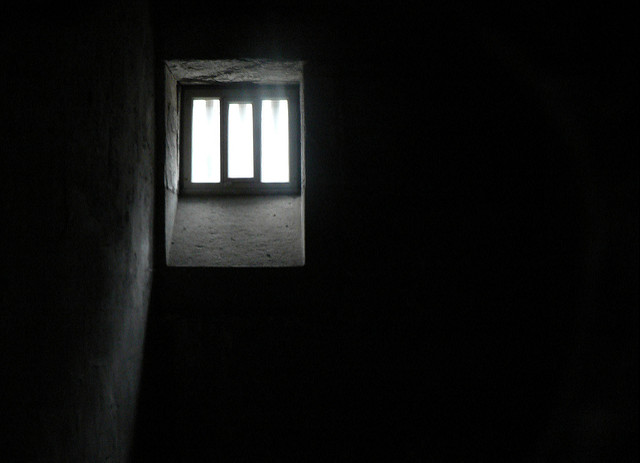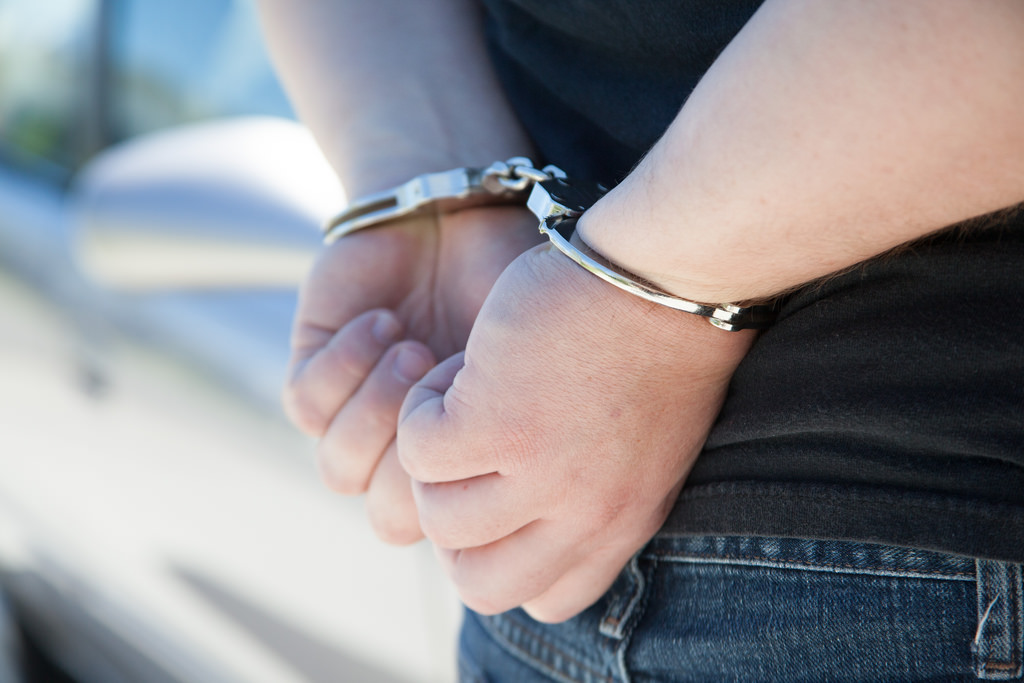An independent investigation has found that the Sussex Police failed in their duties towards a disabled 11-year-old girl who was detained, restrained, handcuffed and hooded without justification or an appropriate adult present.
The story raises significant human rights issues relating to the proper use of restraints by police and the treatment of people with mental health issues.
What happened
A person detained by the police who poses a threat to their safety or the safety of members of the public, the police can use restraints. Restraints can include handcuffs, leg straps and mesh hoods.
Over five different occasions in early 2012, these types of restraints were used on one particular detainee: an 11 year old girl with a neurological disability. The nightmare, as her mother described it, included a total of over 60 hours in policy custody, restrained and sometimes overnight, without ever having an appropriate adult present. The girl had been detained under mental health laws, but procedures under those laws were not followed.
What went wrong?

An investigation was conducted by the Independent Policy Complaints Commission (IPCC), who are responsible for dealing with serious complaints against the police. The IPCC concluded that the police
- Failed to respond to the young girl’s needs
- Could not justify their use of force when restraining and hooding her.
- Failed to ensure the presence of an appropriate adult, who is a parent/guardian/social worker and who is responsible for protecting the rights and welfare of a child detained or interviewed by the police – this is a requirement under mental health laws
- Used handcuffs, leg restraints and spit hoods and providing no rationale for this use of force on a number of occasions.
Human rights concerns

The restraint of detainees by police raises human rights issues, particularly relating to the right not to be treated in an inhuman way (Article 3) and the right to private life (Article 8). The European Court of Human Rights has looked at the issue on a number of occasions, though this case does seem more severe than the examples we have found. This is because cases tend to involve prisoners who at first sight pose a security risk.
In Mouisel v. France the court said that Mr Mouisel, a prisoner undergoing chemotherapy in France, had his right not to be subjected to torture or inhumane treatment (Article 3) infringed when he was handcuffed and chained to his hospital bed. The court found that this was disproportionate to the security risk he presented.
Similarly in Tarariyeva v. Russia and later in Salakhov and Islyamova v. Ukraine, the court found that the prisoner in each case also had their Article 3 right violated. Both were handcuffed for substantial amounts of time while receiving medical attention. Neither presented a security risk because they were both supervised, neither acted violently or attempted to escape, and both were very ill and weak
Mental health
Another issue raised by this case is the treatment of police of children detained under mental health laws. In this case, the girl was detained under the Mental Health Act, which – in many ways because of human rights laws – provides legal protections to people who are detained under it, including the right for next of kin or an appropriate adult to be contacted. This clearly did not happen.
In human rights cases involving prisoners, the courts will always ask whether the use of restraint and force was proportionate to the security risk the detainee presented. When it comes to people with disabilities specifically, the police must not use excessive force when using methods of restraint, otherwise they risk violating Article 3, as well as Article 5 (the right to liberty and security) and Article 8 (the right to private and family life). See our case summary of ZH v The Commissioner of the Police for Metropolis which examines police force with people with disabilities.
Making sure it doesn’t happen again
The IPCC made a series of recommendations to ensure that, in future, the police respond effectively to the needs of a vulnerable child and that they act appropriately when restraining and detaining children and adults with mental illness. The recommendations include:
- Additional training by police officers and custody staff on the role of the appropriate adult and the requirement to ask an appropriate adult to attend the police station when relevant
- Additional mental health training for police officers focusing on making adjustments on their use of force on children and adults with mental ill health
- Reminding police officers of their accountability for their use of force on every occasion and the need to record their interactions, including the use of force, with each detainee.
Take a look at some of our posts on how human rights protect people with mental health issues here, including why mental health prejudice has no place in the justice system; why hospital detention must be fair; and how one woman fought for justice after her son’s death.








